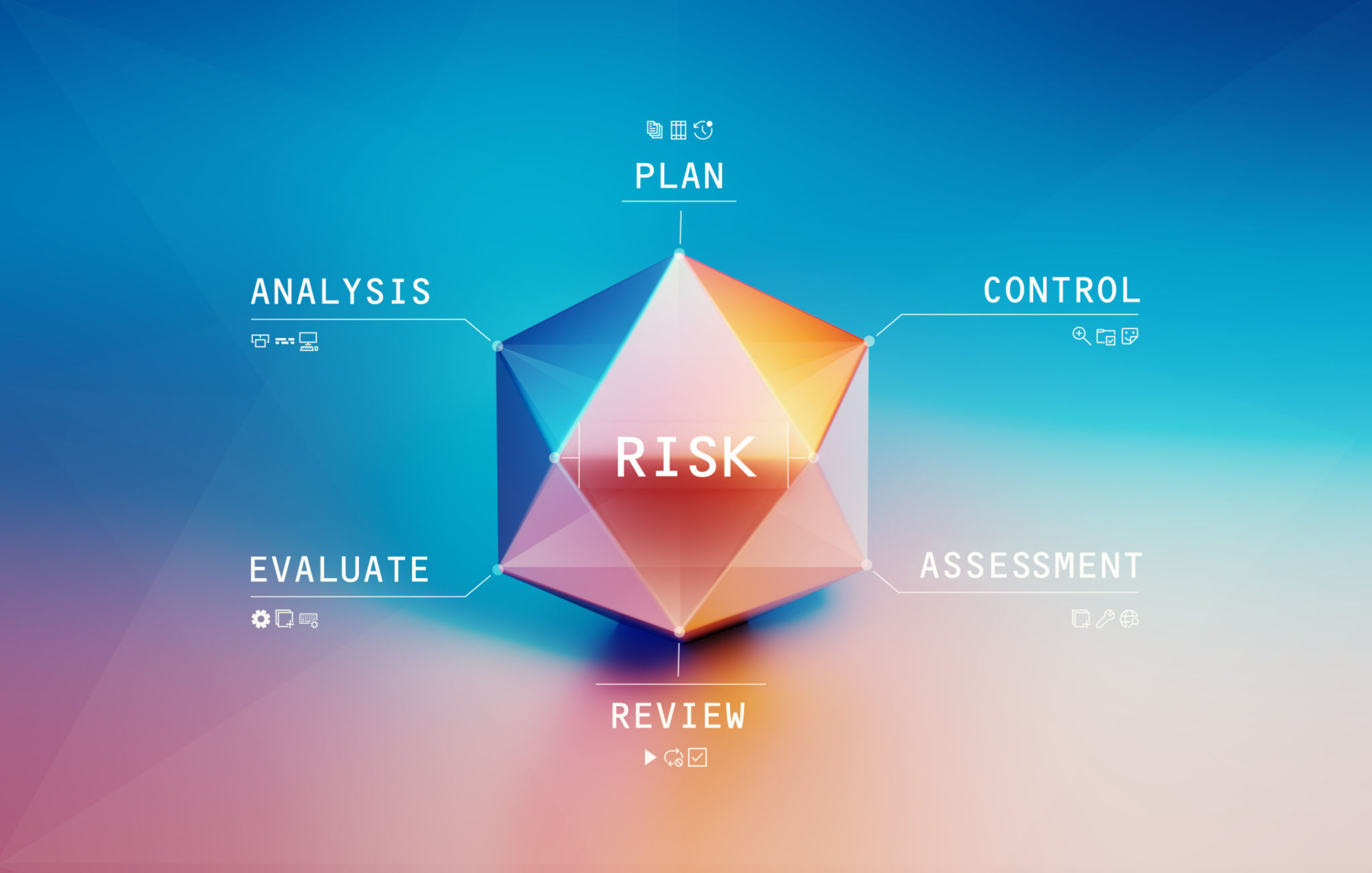Comprehensive Guide to Starting Forex Trading for Beginners
Understanding Forex Trading
Forex trading, short for foreign exchange trading, is the act of buying and selling currencies with the aim of making a profit. It is one of the largest and most liquid financial markets in the world. For beginners, understanding the basics of forex trading is crucial before diving into this dynamic arena. The market operates 24 hours a day, five days a week, providing numerous opportunities to trade currencies from around the globe.

Getting Started with Forex Trading
Choose a Reliable Broker
One of the first steps in starting forex trading is selecting a reputable broker. A broker acts as an intermediary between you and the currency markets. When choosing a broker, consider factors such as regulation, trading platforms, customer service, and transaction costs. It's essential to conduct thorough research and read reviews to ensure that the broker you choose is trustworthy and suits your trading needs.
Understand Currency Pairs
Forex trading involves trading currency pairs. Each pair consists of a base currency and a quote currency. For instance, in the EUR/USD pair, the euro is the base currency, and the US dollar is the quote currency. Understanding how to read and interpret these pairs is fundamental for forex trading, as it dictates how you will buy and sell currencies.

Developing a Trading Strategy
Set Clear Goals
Before you start trading, it's important to set clear and realistic goals. Ask yourself what you want to achieve through forex trading and how much time you can dedicate to learning and executing trades. Setting goals will help guide your trading decisions and keep you focused on your objectives.
Learn Fundamental and Technical Analysis
Successful forex traders often rely on both fundamental and technical analysis. Fundamental analysis involves evaluating economic indicators and geopolitical events that might affect currency values. Technical analysis, on the other hand, focuses on historical price movements and chart patterns to predict future price changes. Mastering both types of analysis can give you an edge in the forex market.

Practicing Risk Management
Implement Stop-Loss Orders
Risk management is critical in forex trading to protect your capital. One effective tool is the stop-loss order, which automatically closes a trade at a predetermined price level to minimize losses. Setting stop-loss orders helps prevent significant financial setbacks caused by unexpected market movements.
Diversify Your Trades
Diversification is another crucial aspect of risk management. By spreading your investments across different currency pairs or even other financial instruments, you can reduce the impact of losses from a single position. Diversification helps balance your portfolio and increase potential returns.

Utilizing Demo Accounts
Before committing real money to forex trading, it’s advisable to practice with a demo account. Most brokers offer demo accounts that allow you to trade with virtual money in real market conditions. This practice enables you to test your strategies, understand market dynamics, and build confidence without any financial risk.

Continuing Education and Improvement
The forex market is continuously evolving, and staying updated with the latest trends and strategies is essential for success. Consider joining online forums, attending webinars, or enrolling in forex courses to enhance your knowledge. The more educated you are about forex trading, the better equipped you'll be to navigate its complexities.
In conclusion, starting forex trading requires careful planning, continuous learning, and disciplined execution. By following this comprehensive guide and staying committed to improving your skills, you can confidently venture into the world of forex trading as a beginner.